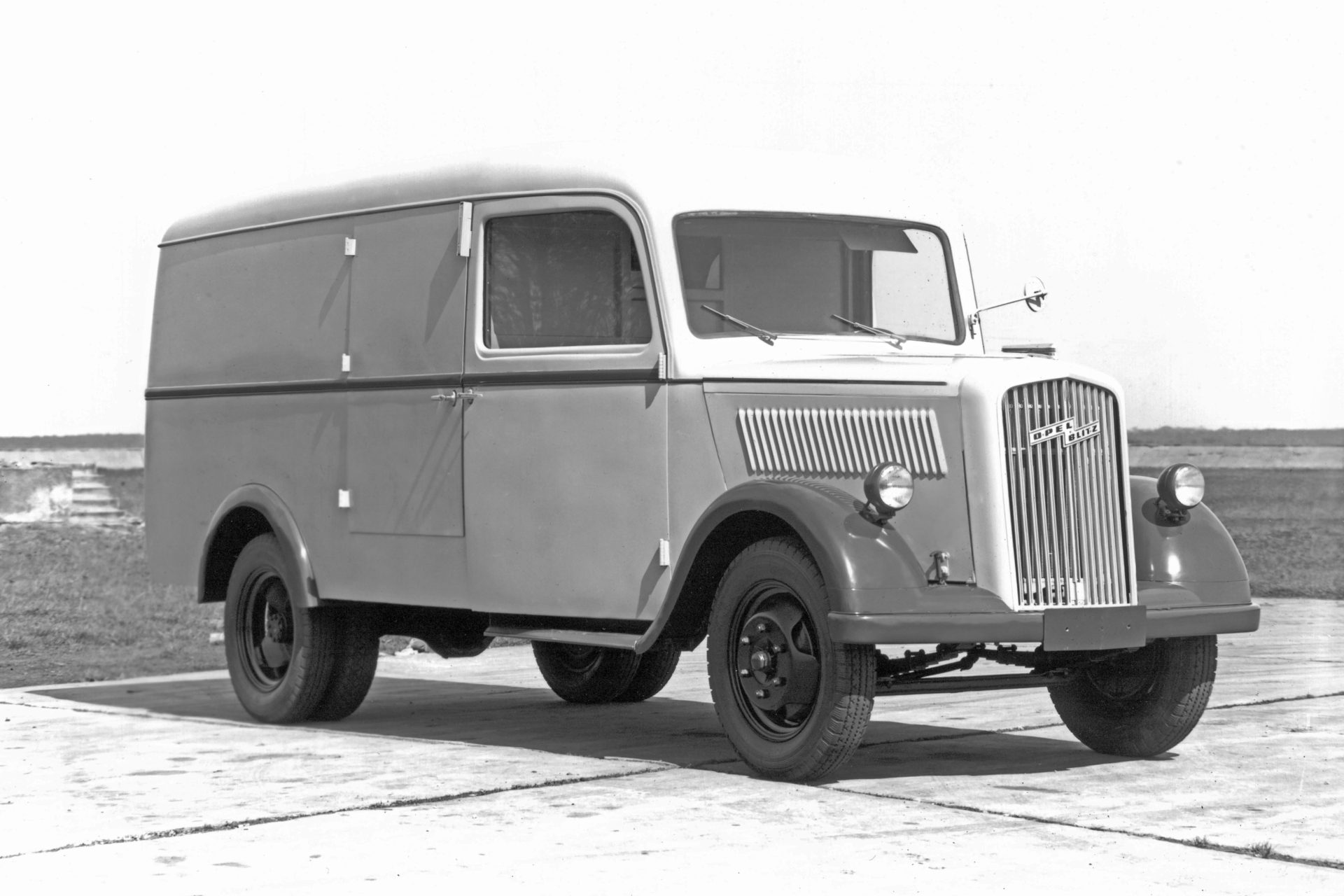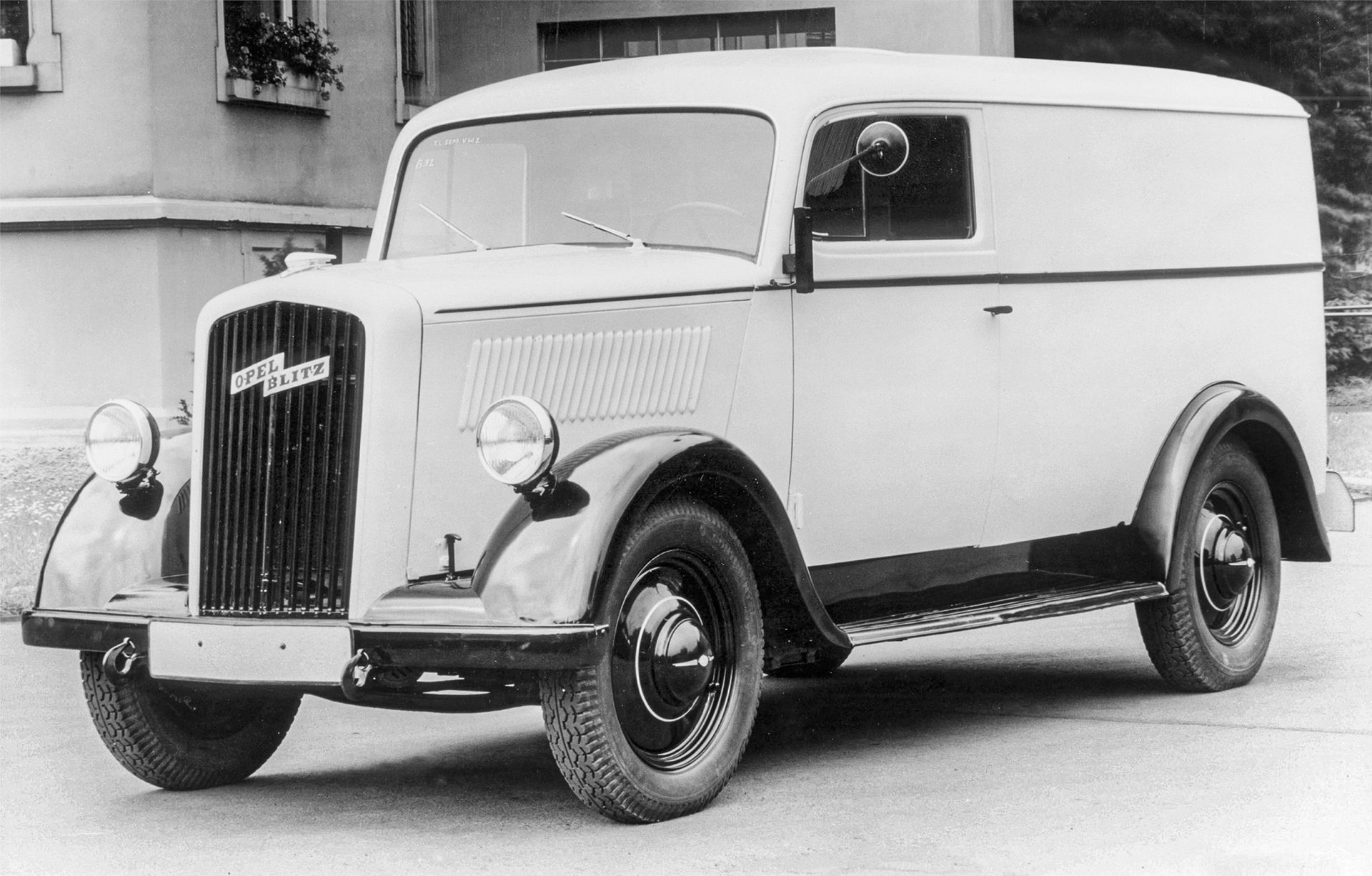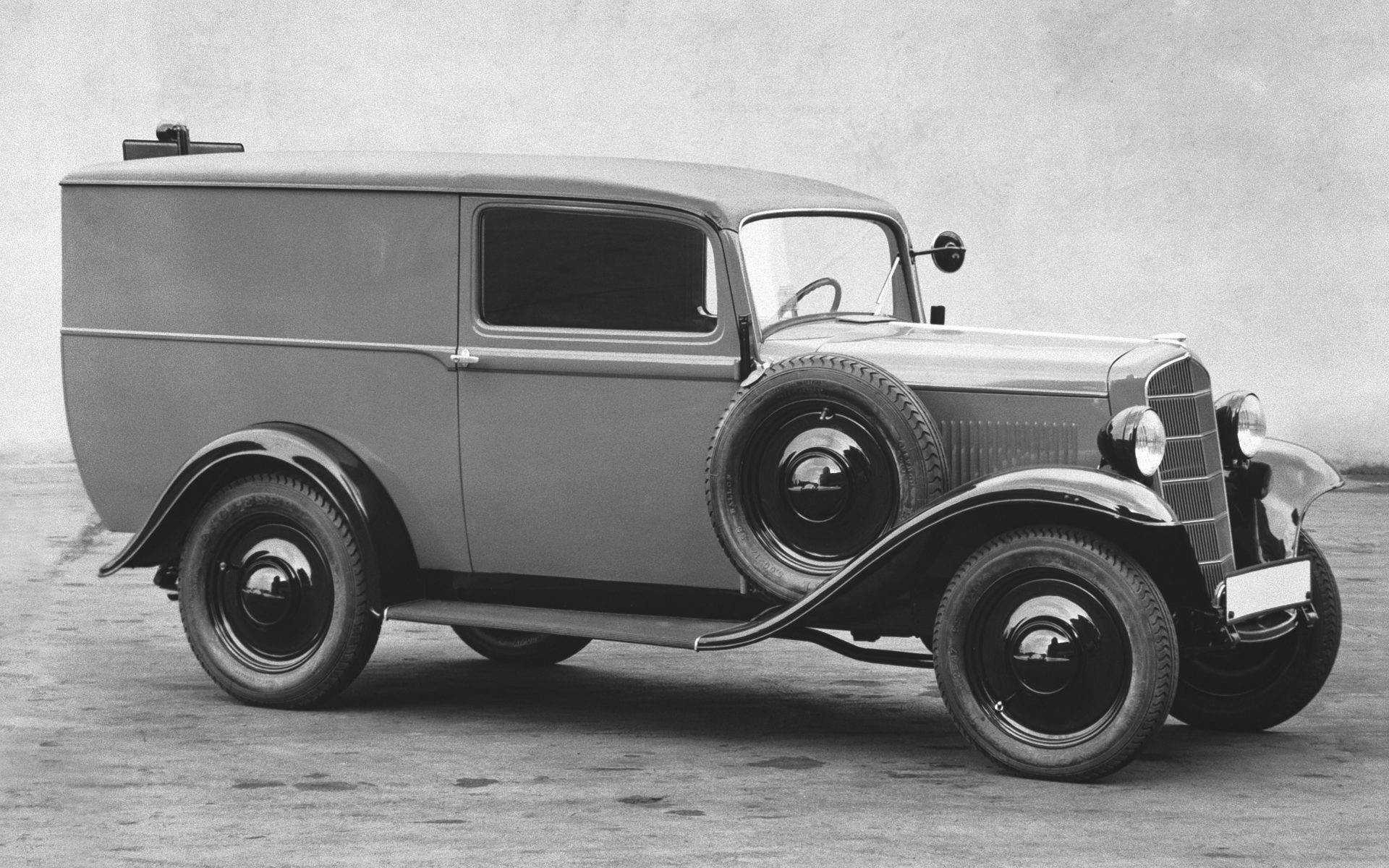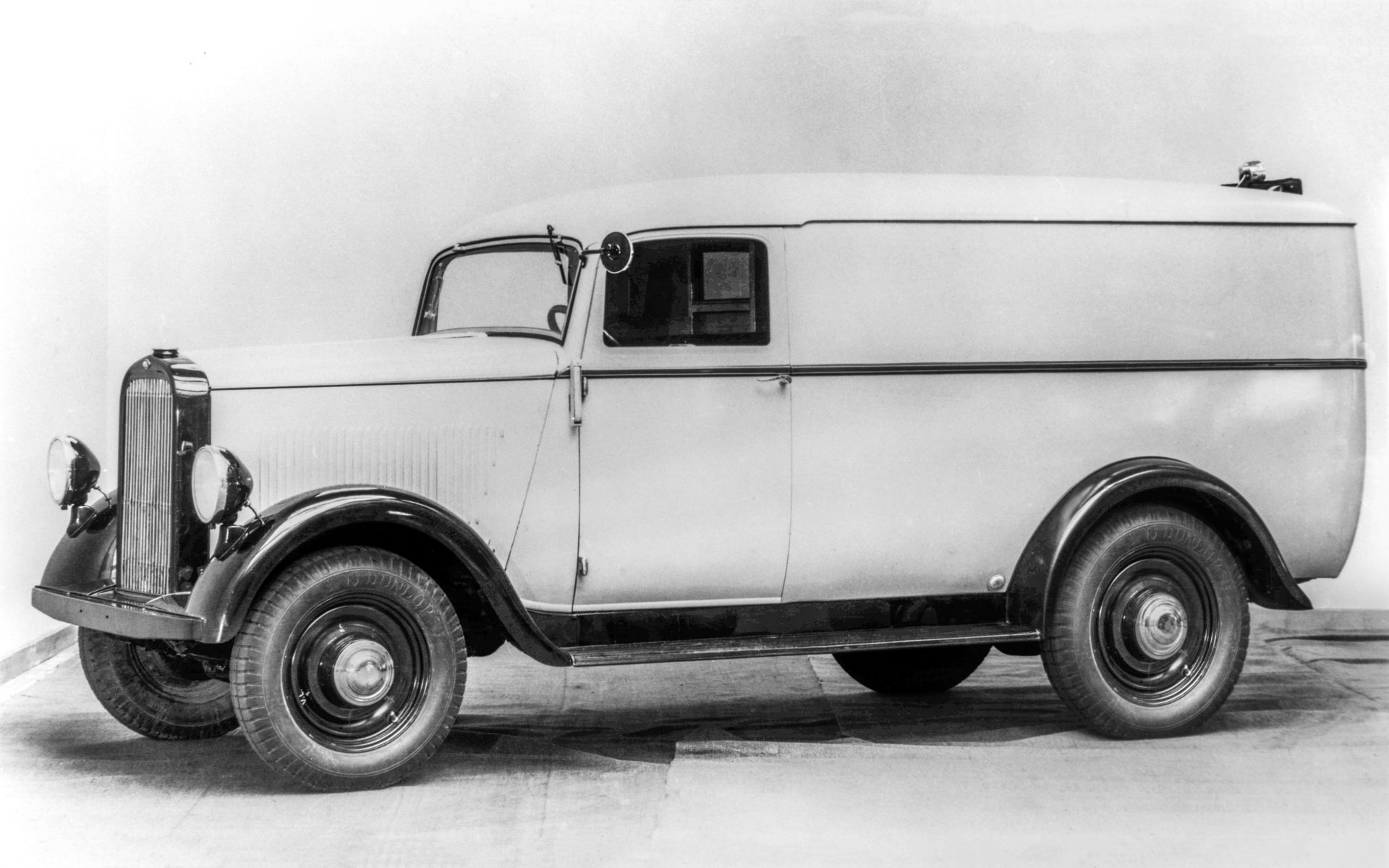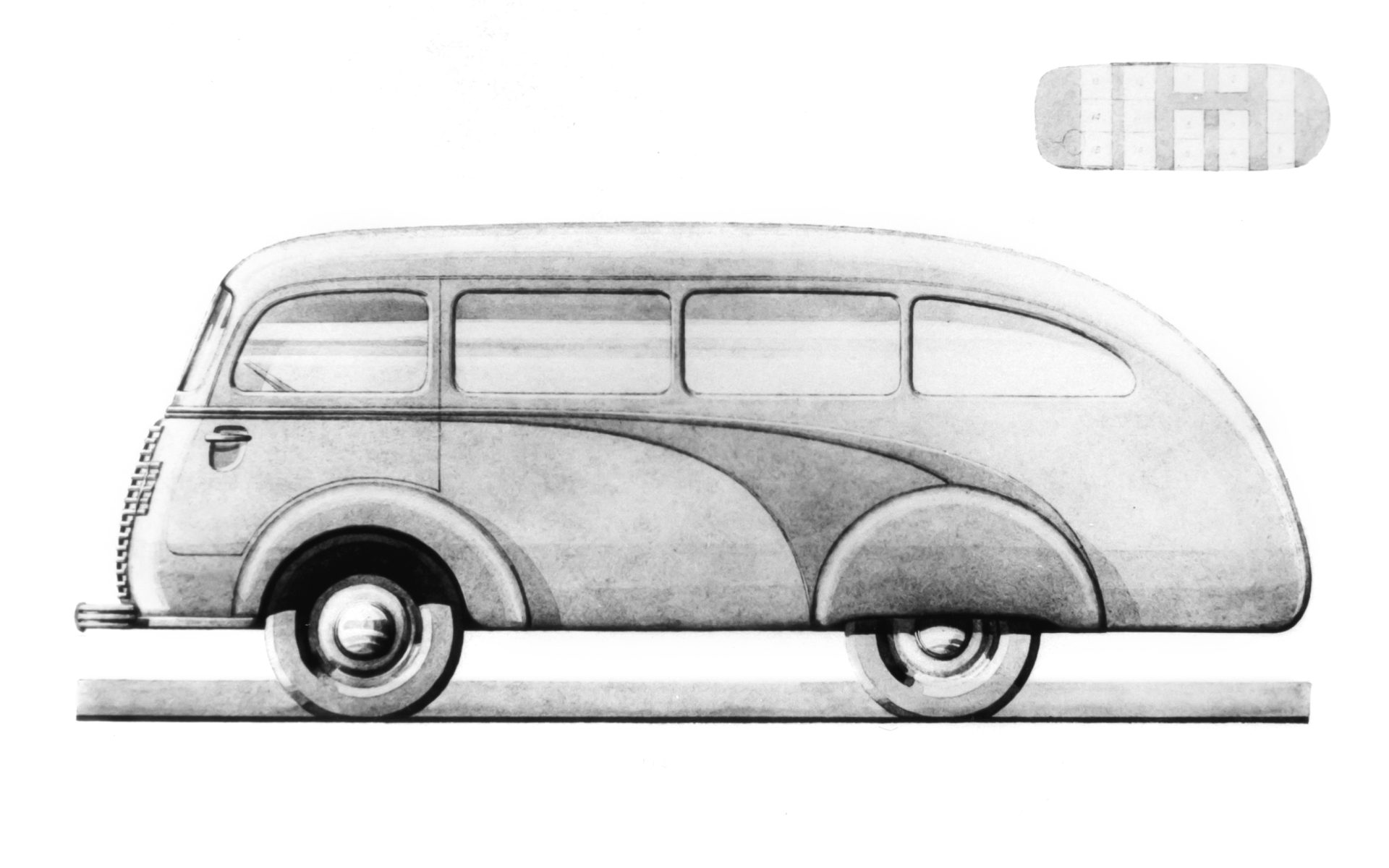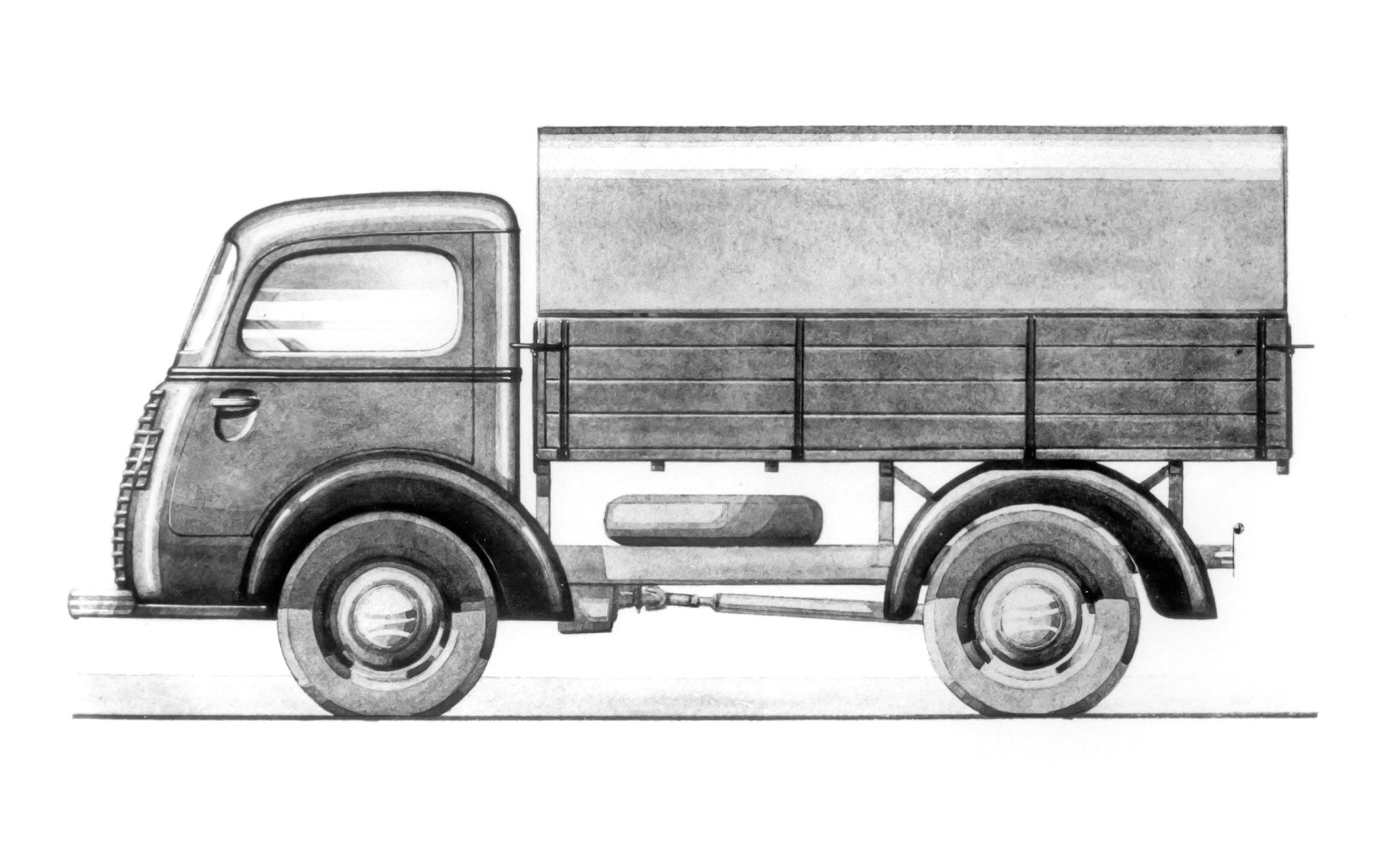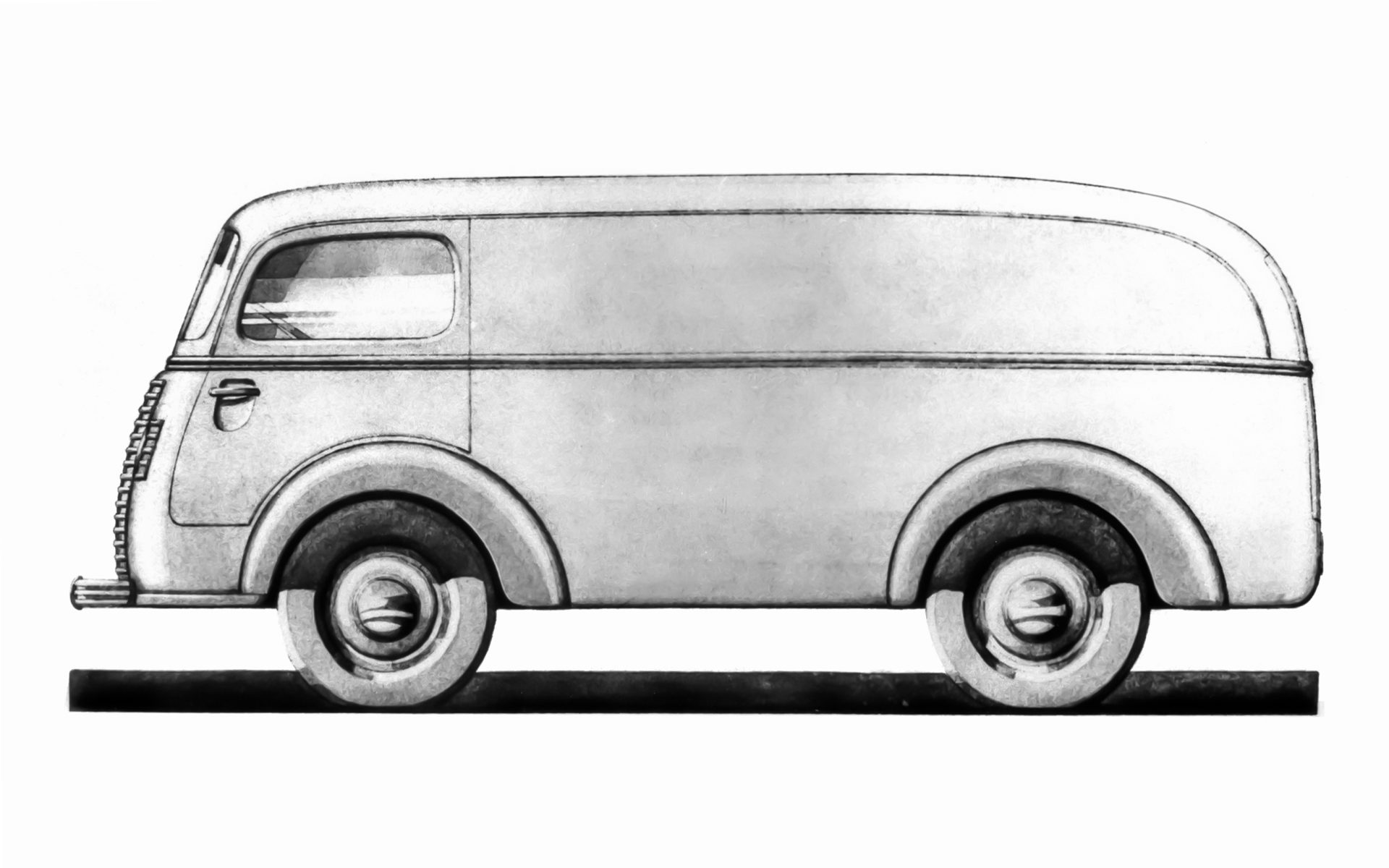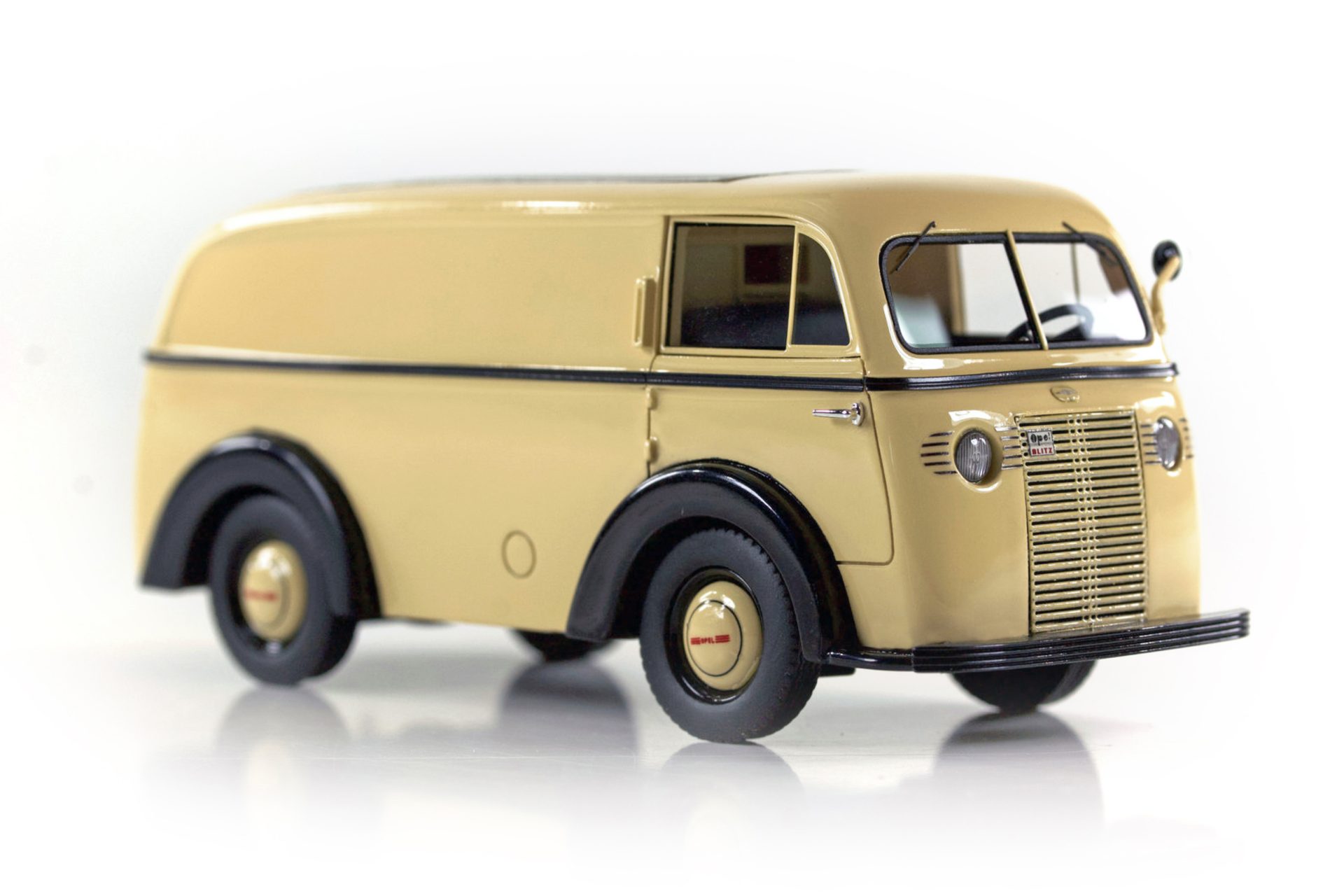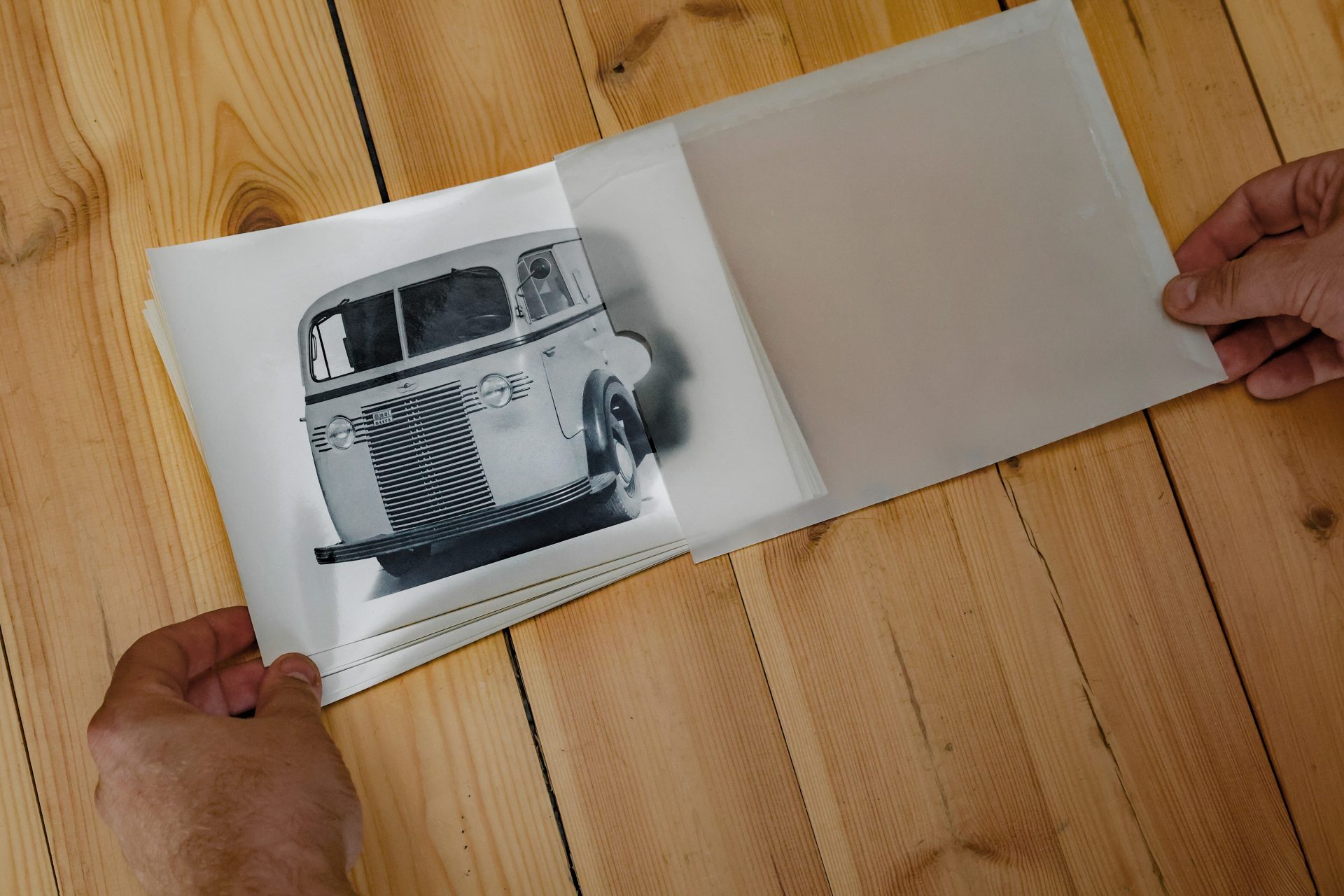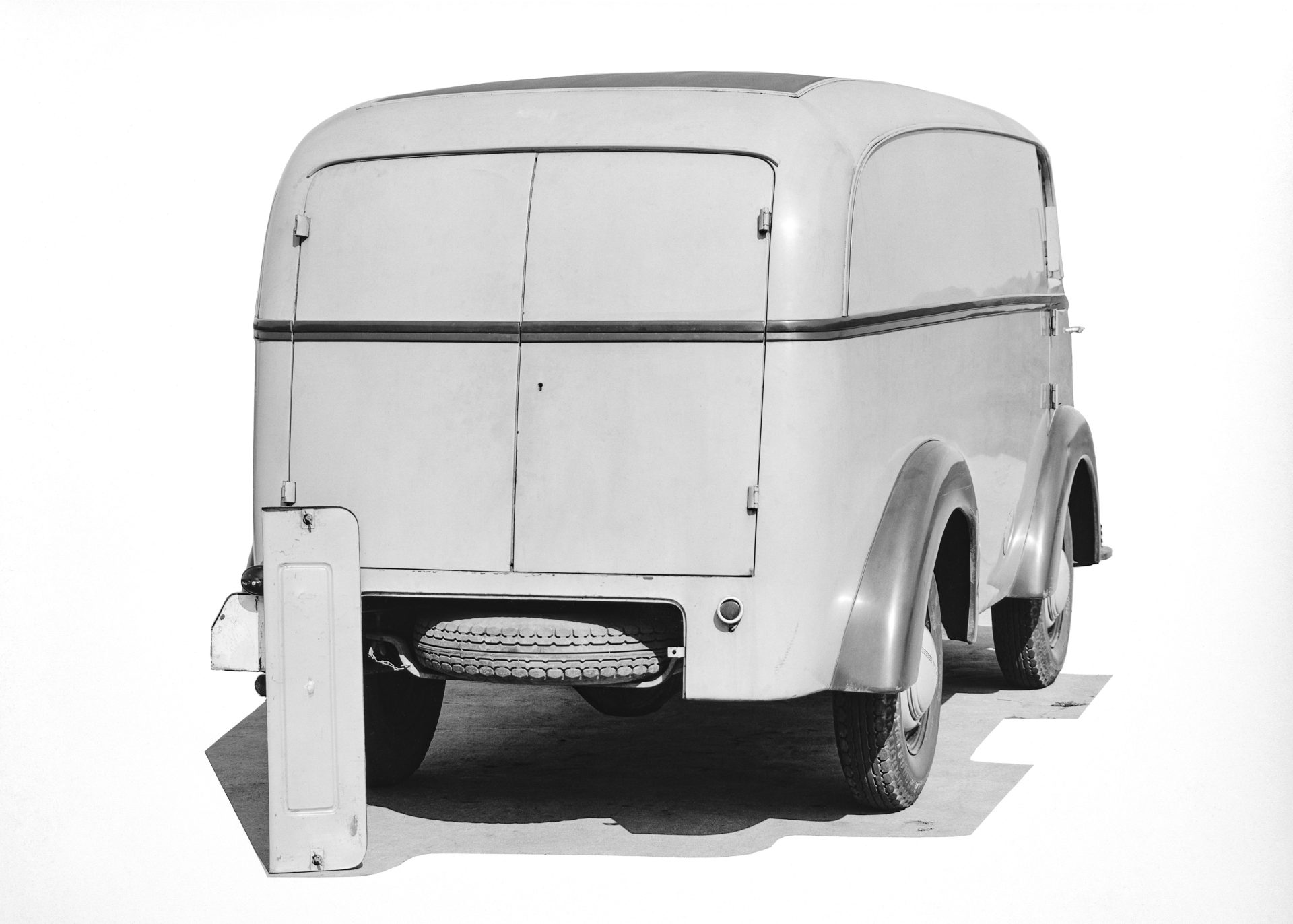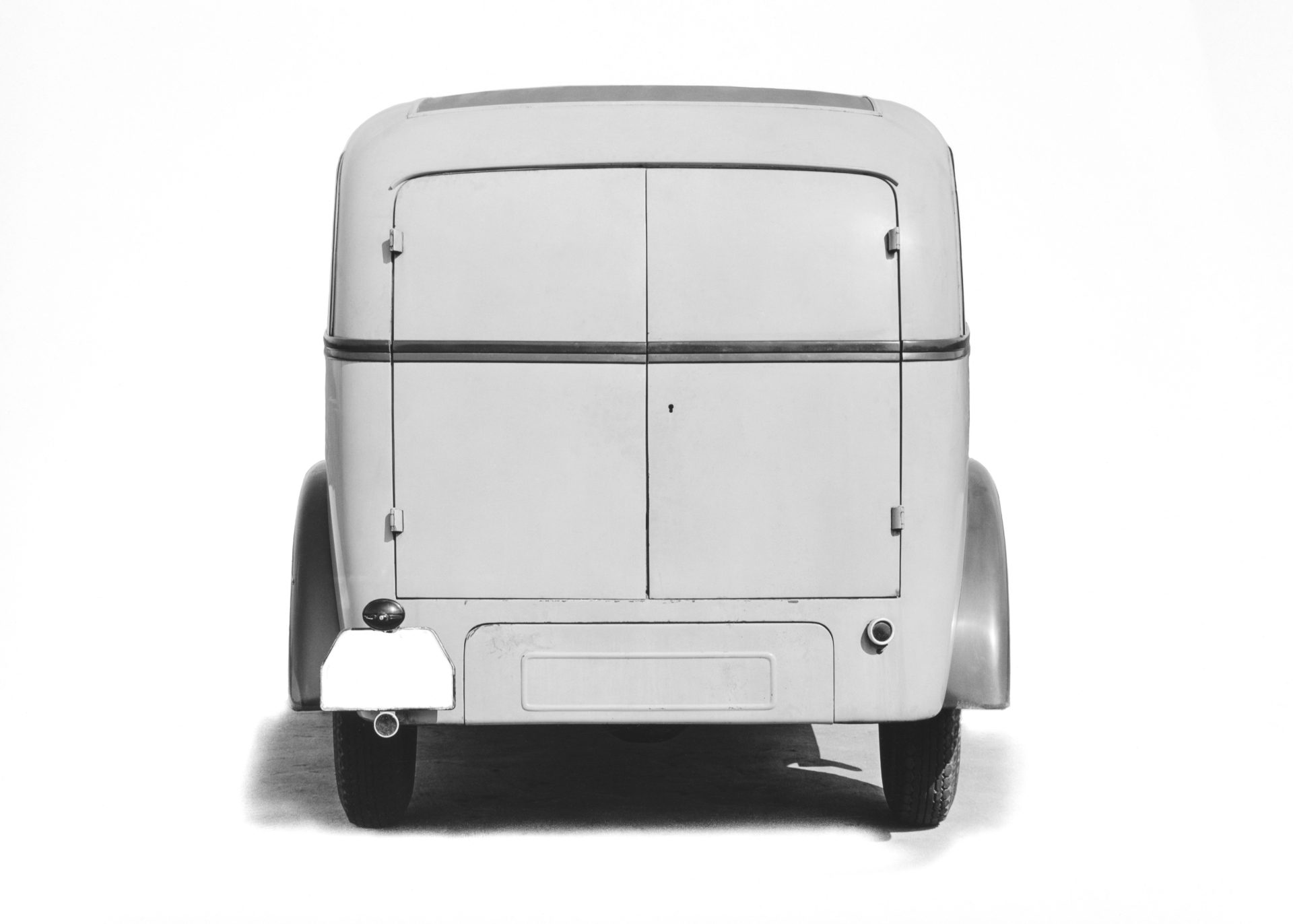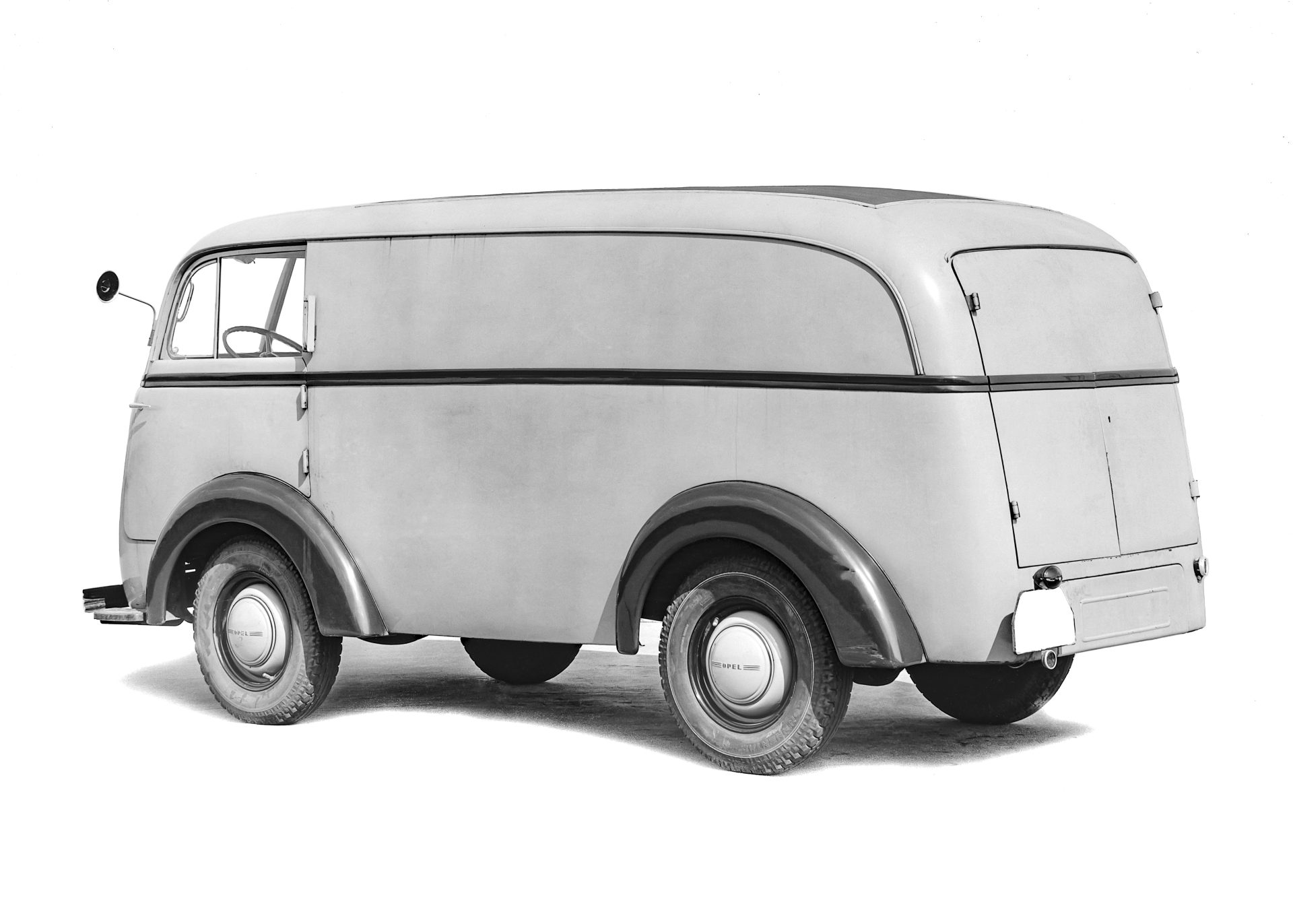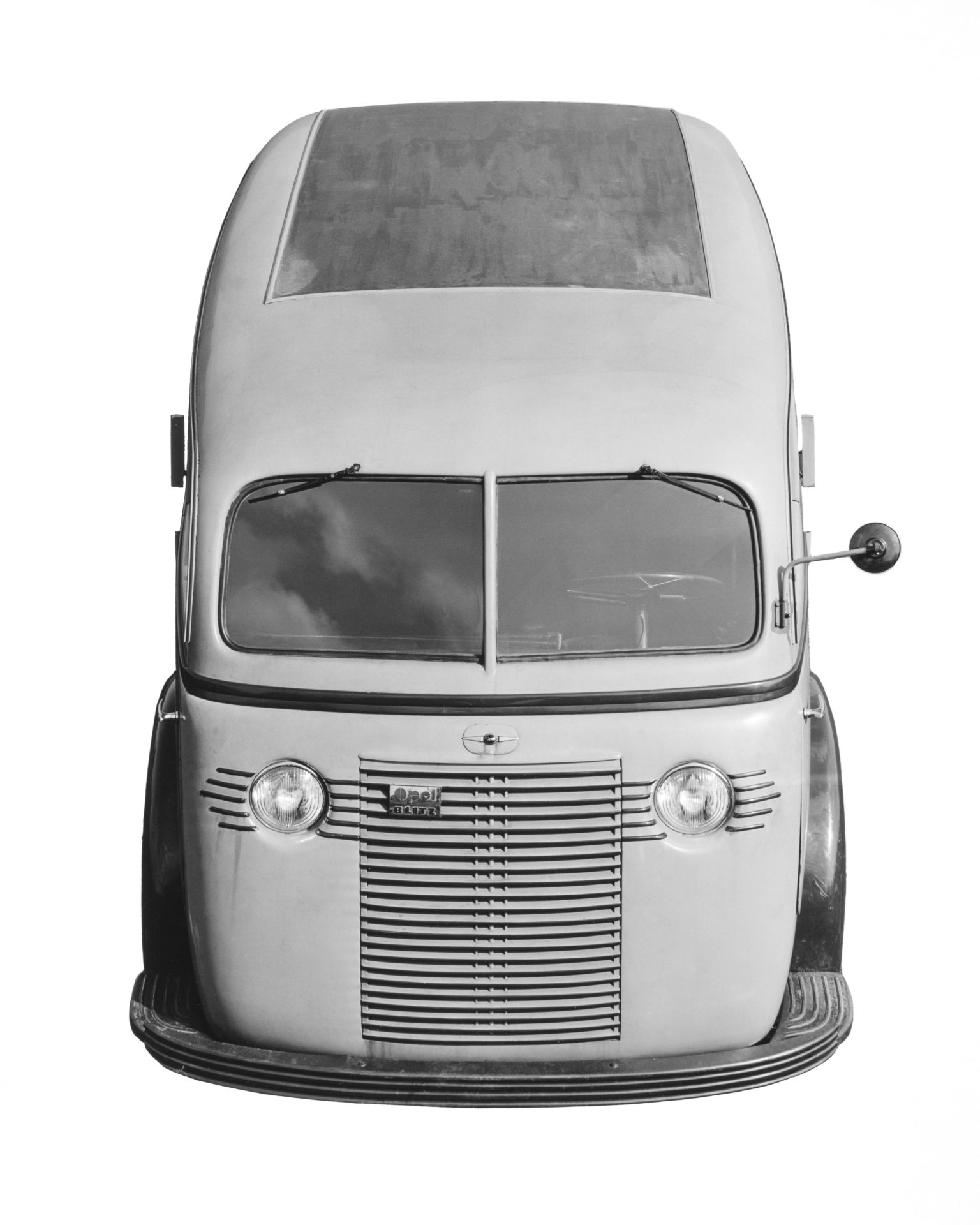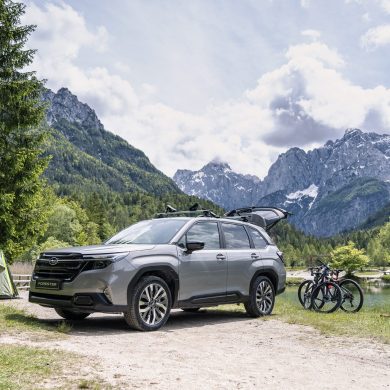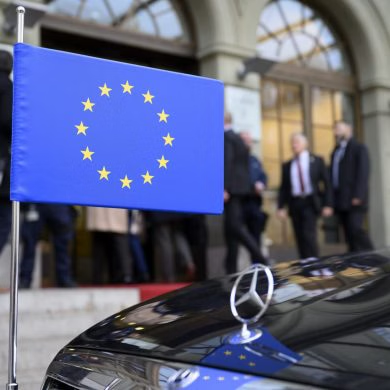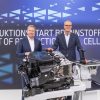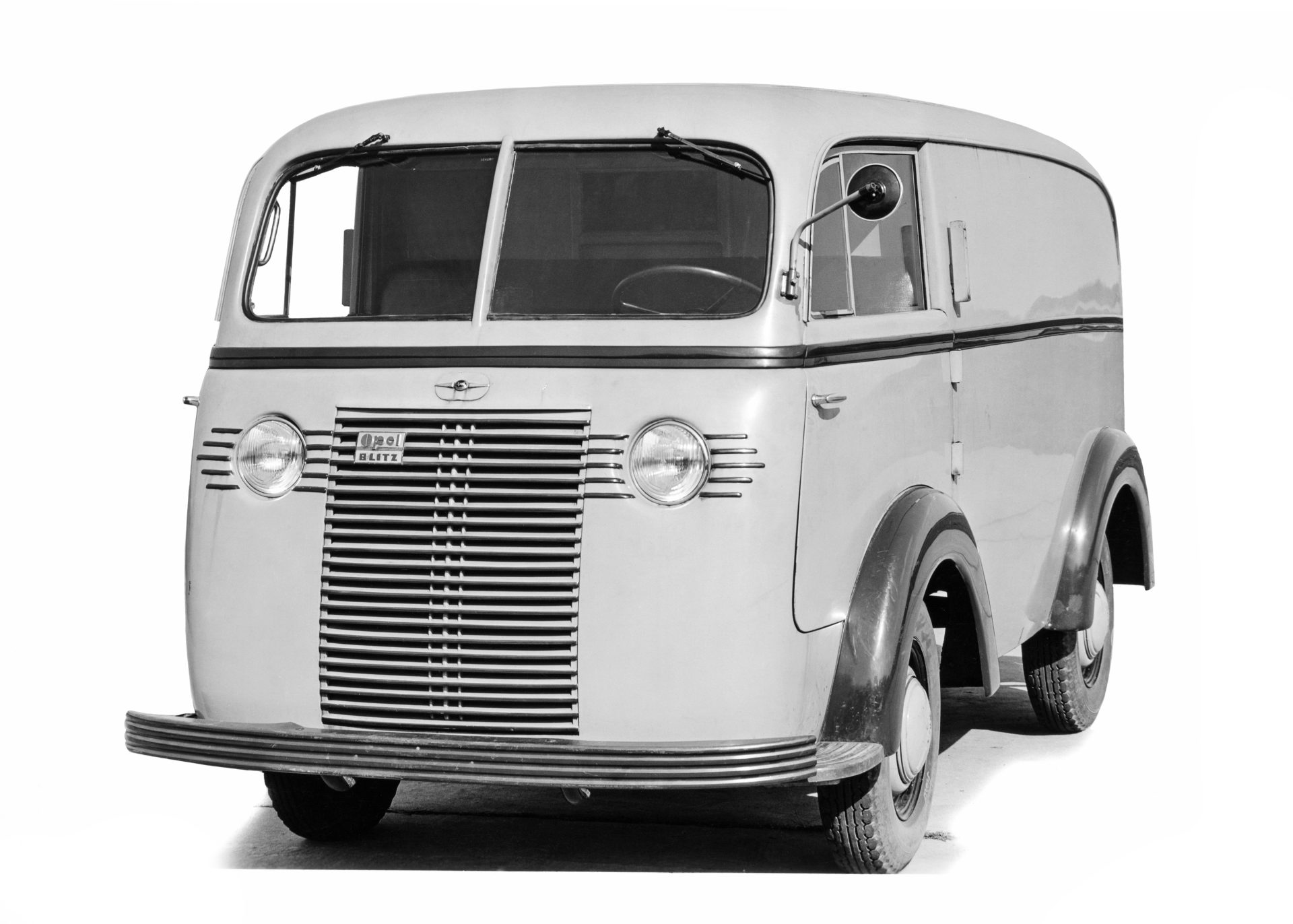
Sensational discoveries are rare, but they happen. Experts from Opel Classic have discovered eight old photographs of a delivery van at auction. The discovery turned into a revelation! The unpublished photos showed that Opel had a delivery vehicle with an extremely modern appearance ready for production in the mid-1930s - many years before the corresponding philosophy spread around the world and became the design standard for today's models such as the Opel Vivaro and the Movano.
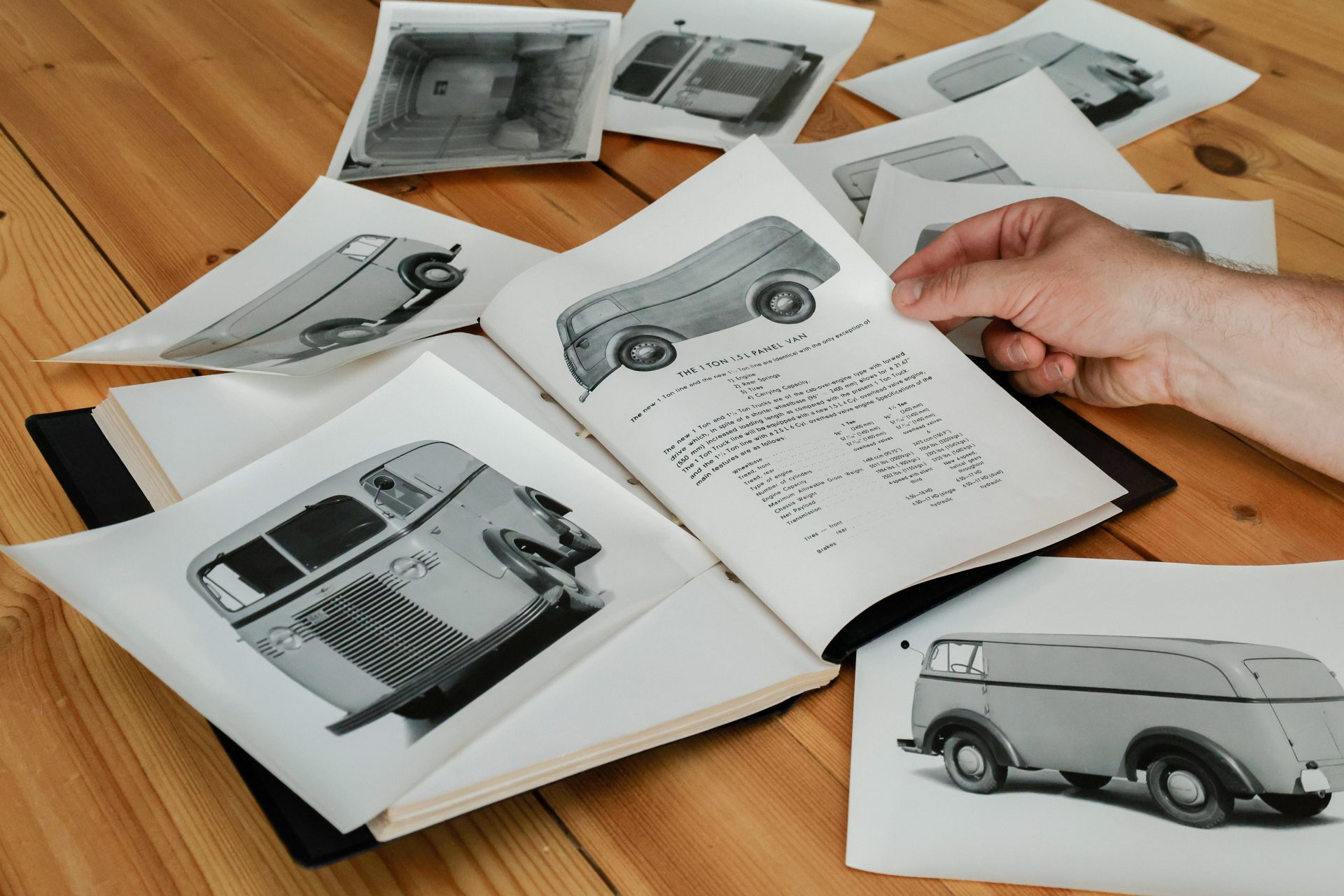
Leif Rohwedder, Opel Classic Manager said: "There were no such photos in Opel's historical archive. As far as we know, there had never been any publication about this vehicle. Everything that was known about this unique prototype had disappeared decades ago."
Pioneer: The Opel "Cab Over Engine" van
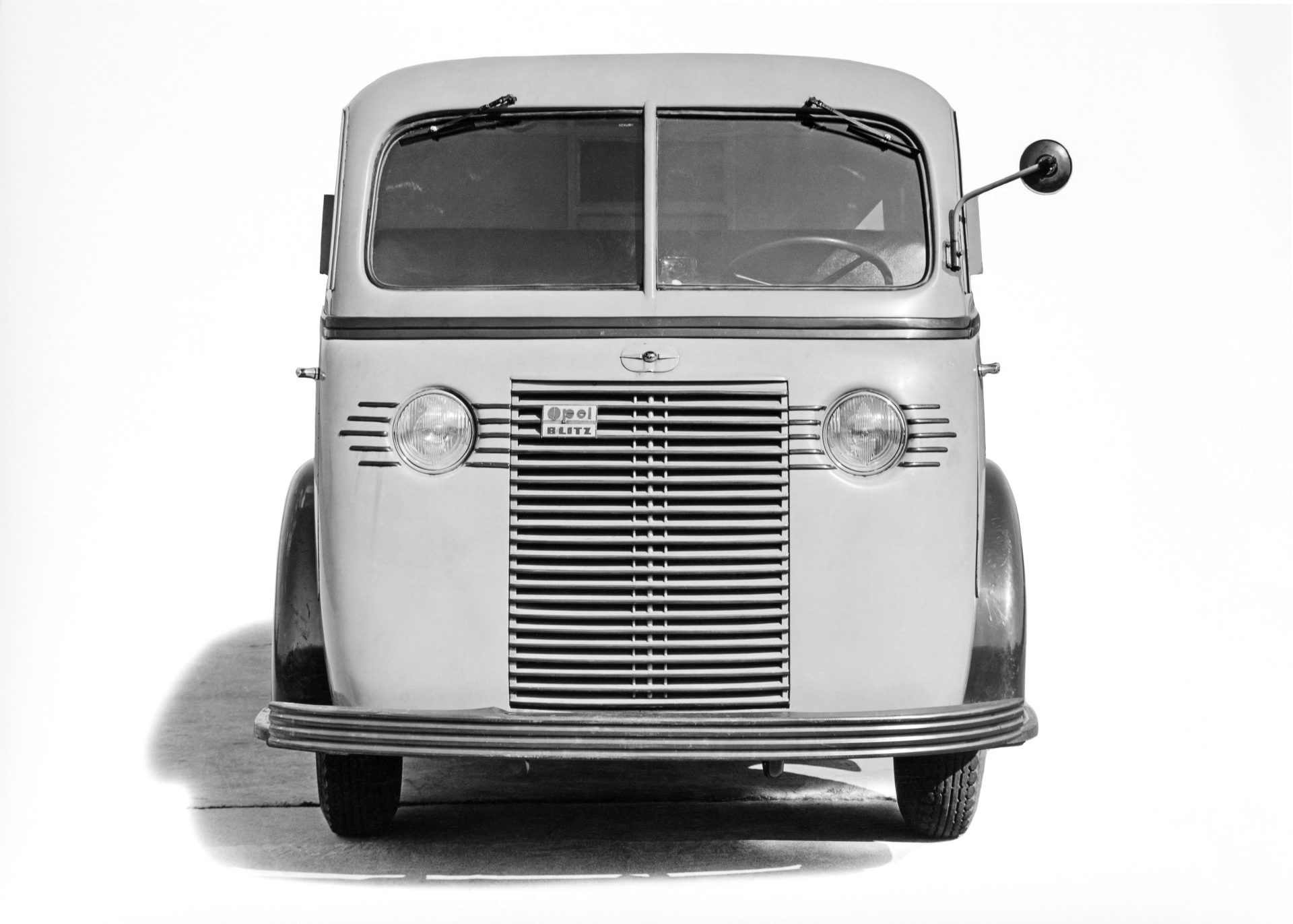
The photos show a compact van of innovative design, which looks fully developed and functional. The project name was written in pencil behind the photos: 1.5-23 COE. The numbers refer to the engine displacement (1,488 cc) and the approximate wheelbase (2,400 mm). The "COE" stands for "Cfrom Over Engine" ("Frontlenker" in German).
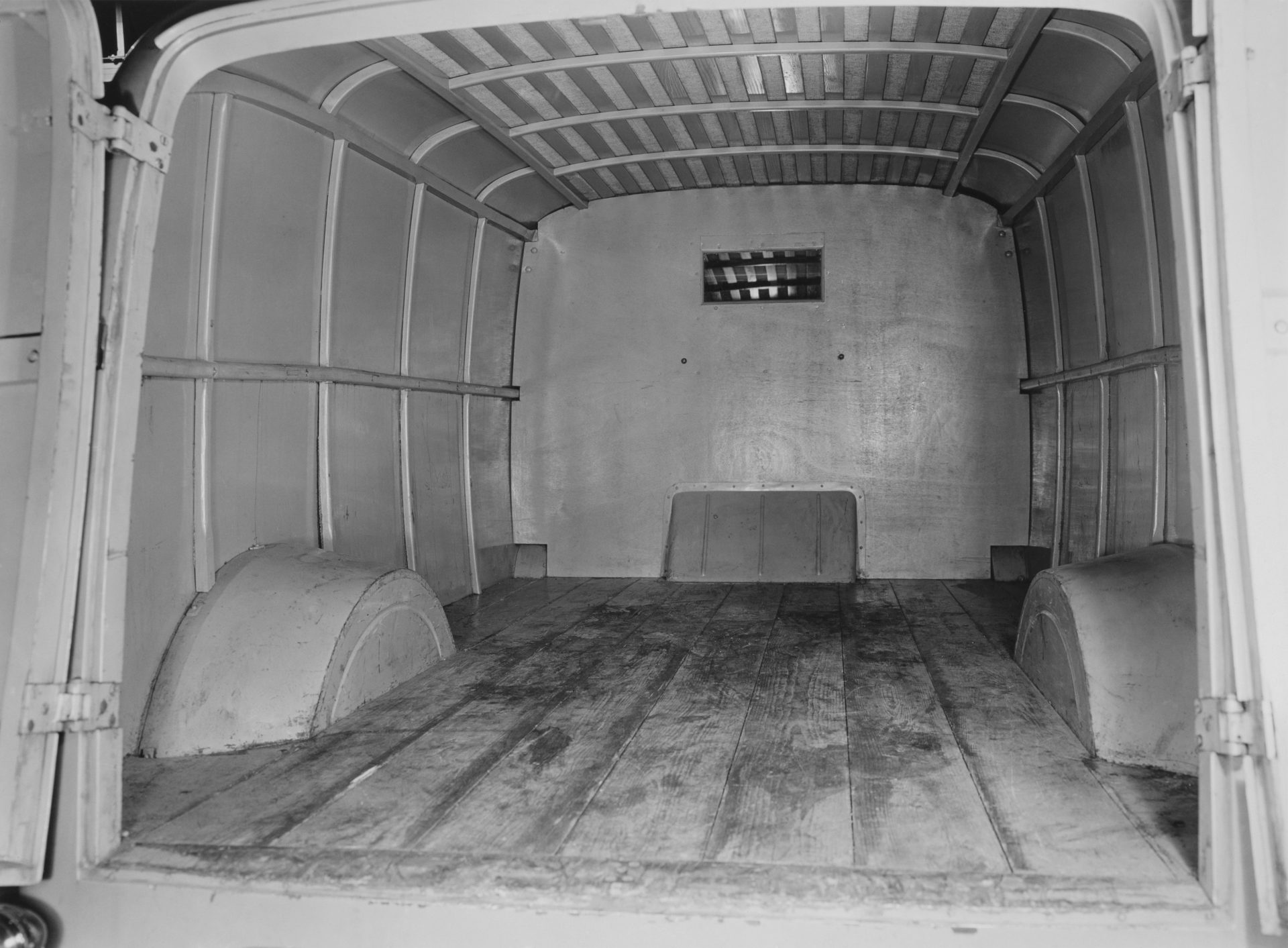
The prototype was very innovative for the 1930s. Compared to vehicles with a conventional long bonnet engine, this vehicle had more compact exterior dimensions while retaining a large capacity for carrying loads. The engine was mounted either underneath or slightly in front of the seat bench.
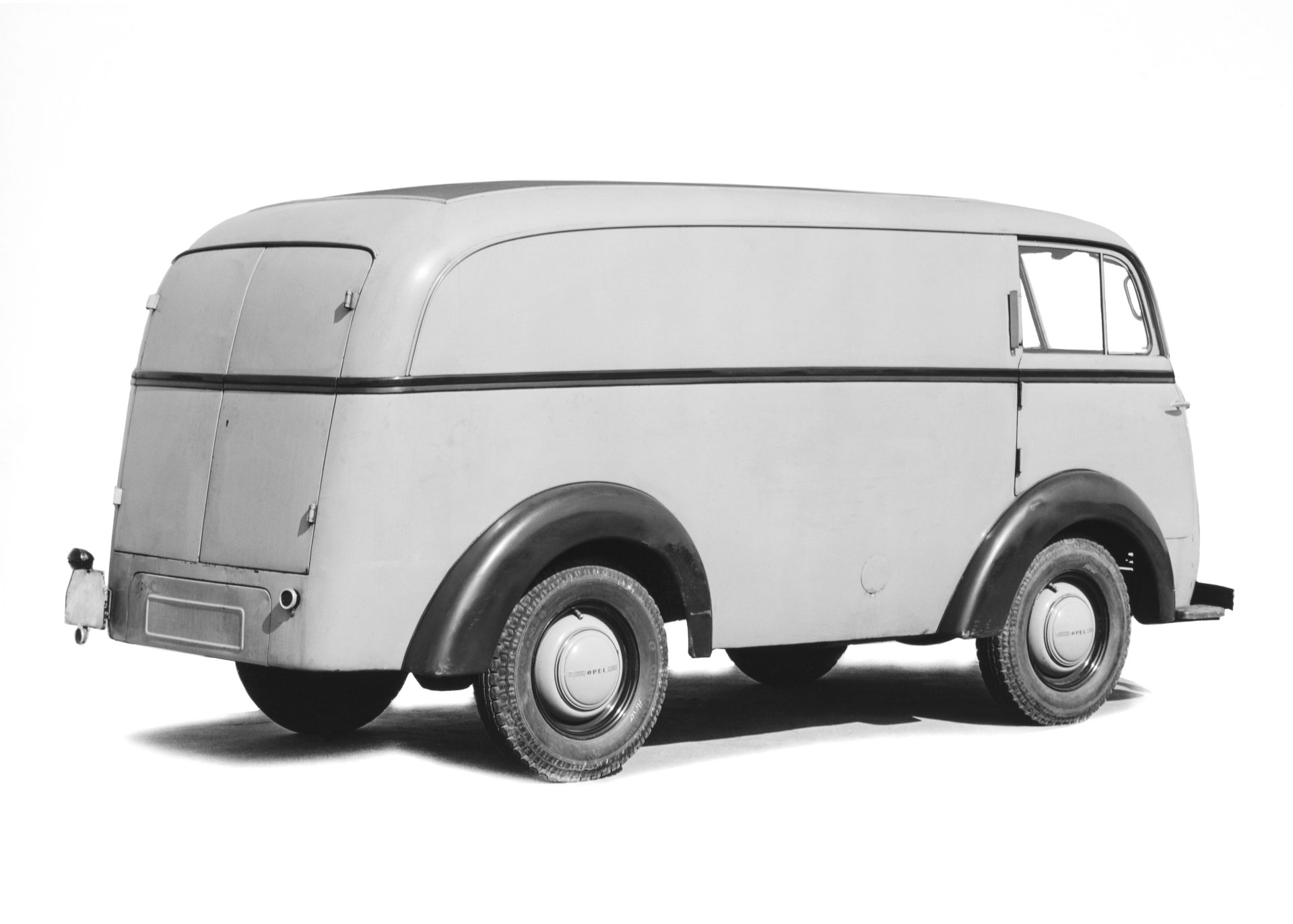
Before the outbreak of 2th World War II, such vehicles existed only in the United States, Germany and France. There were only two German COE vehicles - both from the early 1930s. Each had a very basic box-shaped cab and were powered by two-stroke, two-cylinder engines. Neither of them enjoyed a particularly successful commercial career. At the time, the market preferred vehicles with long engine bonnets, such as the class-leading 0.3-3.0 tonne trucks offered by Opel.
Progressive philosophy: Functional design, modern engine, proven technology
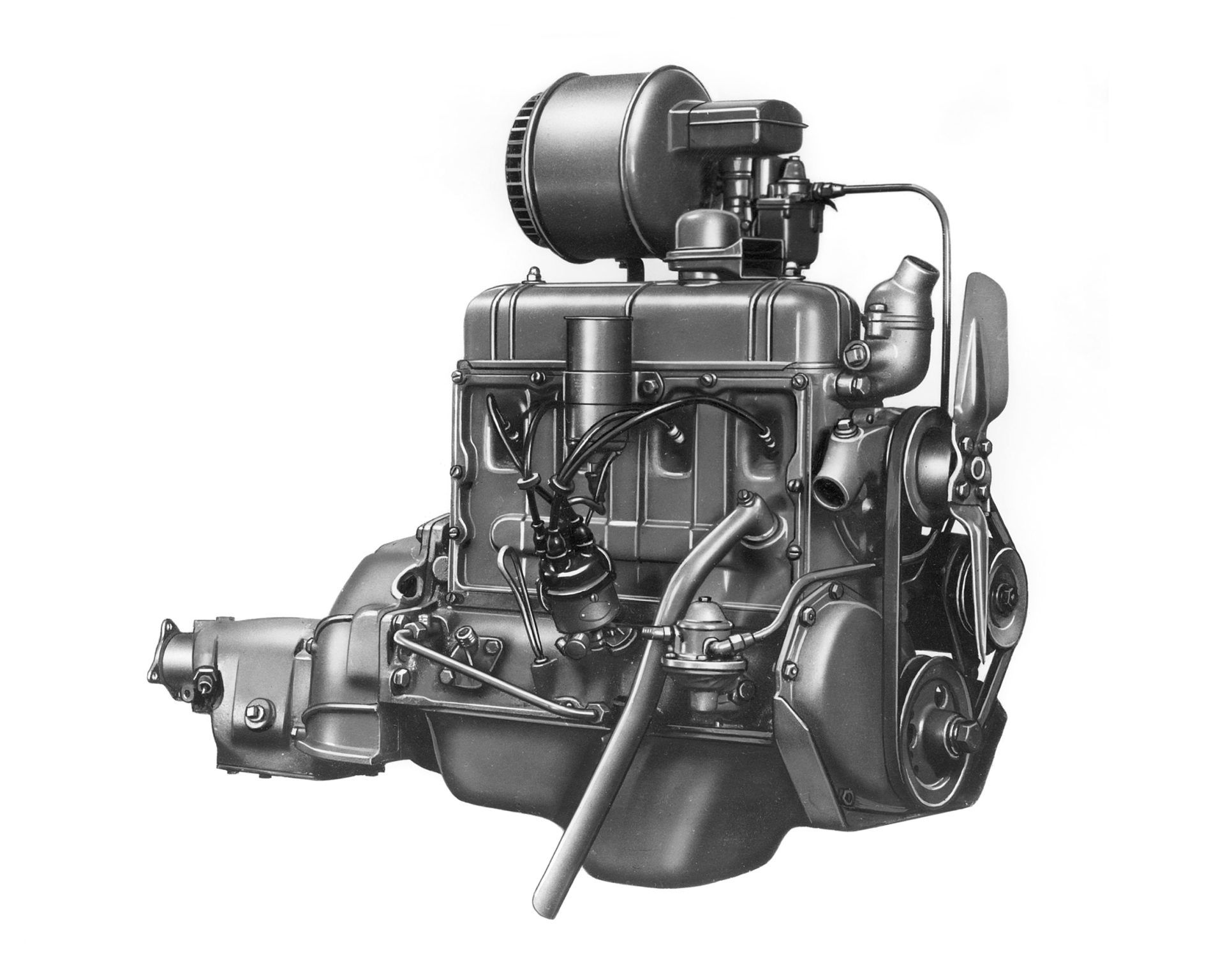
The Blitz van had a simple, functional design that matched its progressive philosophy. However, it was clearly an Opel: the black arches of the wheel arches were like those of modern Opel trucks, while the "art décor" trim was a feature of all Opel passenger cars in the 1930s. The decoration also accentuated the horizontal lines and gave the vehicle a friendly appearance - quite unusual for delivery vans of that era.
Opel - then the market leader in commercial vehicles - used components from other models for this van, such as the 1.5L engine of the Olympia or the axles of the legendary Blitz truck. The body structure was advanced for the time. Except for the trophy, the floor of the cargo area and part of the roof, the body was made entirely of steel.
Not many details are known about the Blitz 1.5-23 COE. A brochure in English for Model Year 1937 was finally discovered in the Opel archives. The document suggests that, in addition to the one-ton model, the program also included a 1.5-ton version with a six-cylinder engine and dual rear tires. Similar drawings in the archive depict a platform truck and a 15-seat mini-bus version of the Blitz 1.5-23 COE.
Way ahead of its time: The Lightningis remained original
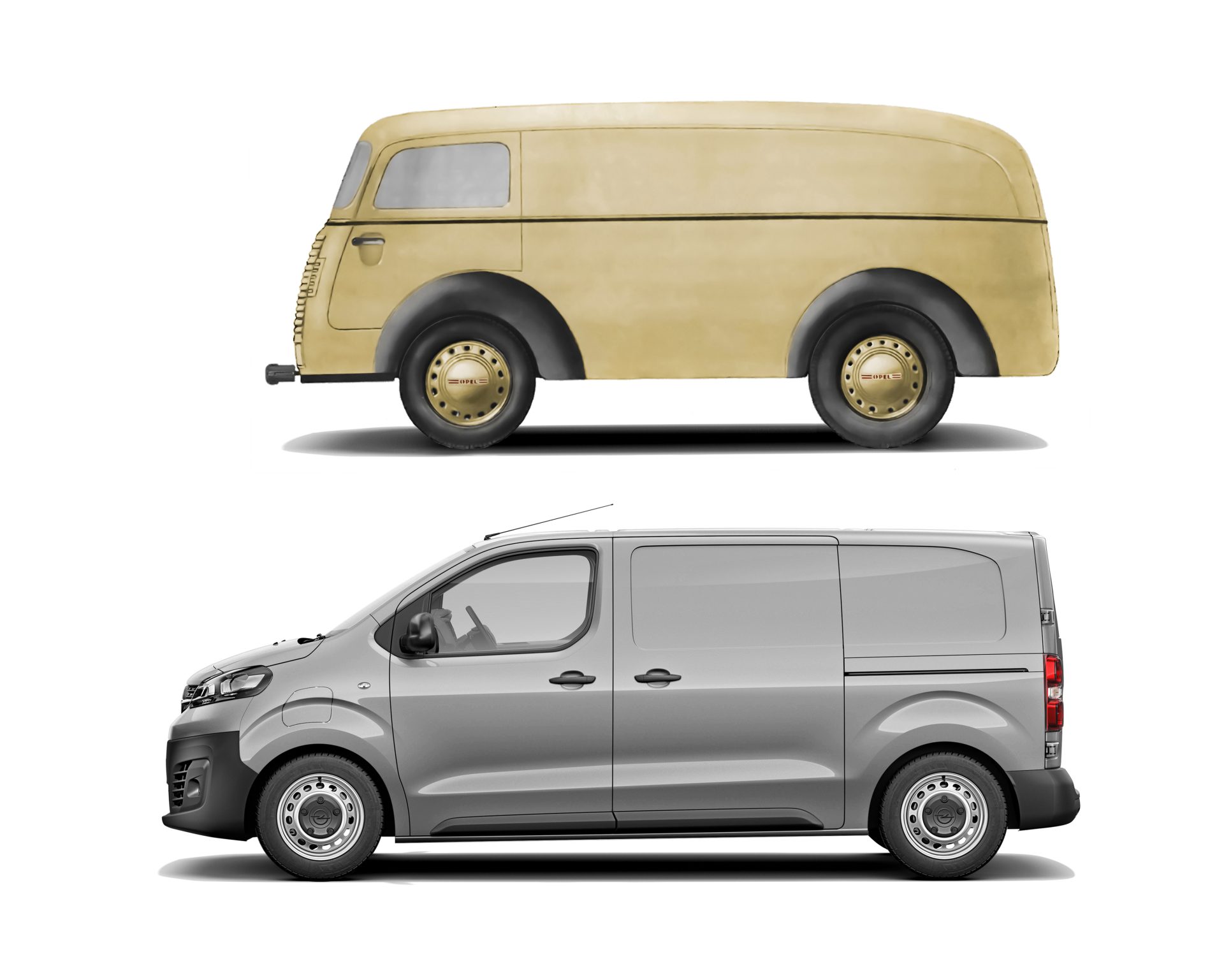
The Blitz delivery truck never entered production, probably due to Germany's preparations for war in the second half of the 1930s. Light commercial vans (LCVs) were not necessary at that time and Opel would have been forced to discontinue production. As a result, the Blitz 1.5-23 COE remained in prototype stage.
Opel has continued the development of delivery vehicles since the 1950s, culminating in today's successful trio of light commercial vehicles - the compact Opel Combo, the bestselling multi-talented Opel Vivaro and the biggest Opel Movano.
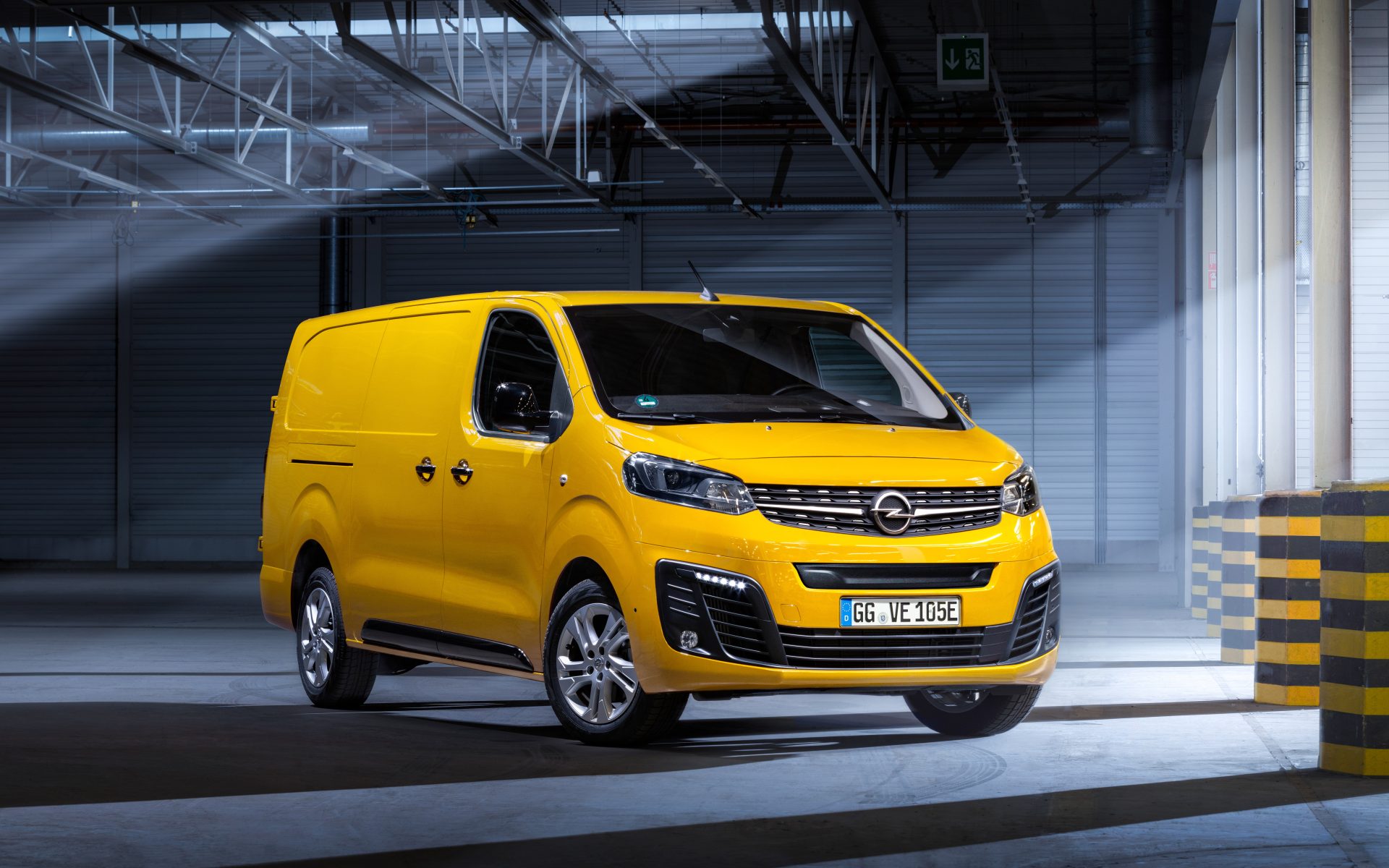
Celebrating this year the its 160th anniversary, Opel today remains a pioneer, with the entire LCV range featuring battery-powered electric versions. With electric motors delivering up to 100 kW (136 hp) and batteries with a capacity of up to 75 kWh, the German manufacturer offers a solution for every need.
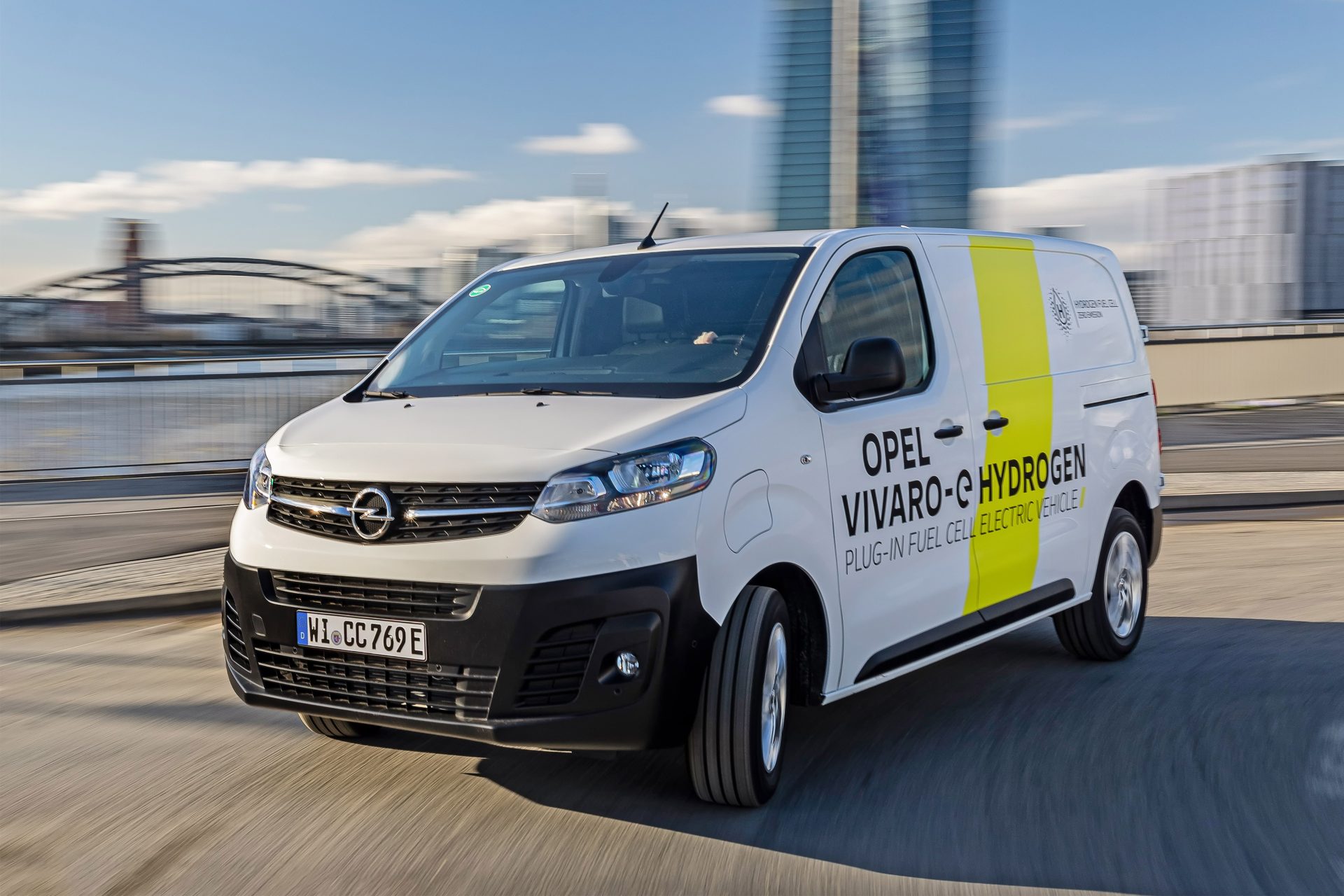
In addition, Opel already has the solution for corporate customers (fleets) who want to travel long distances or who need to refuel within minutes. The electric fuel cell vehicle Vivaro-e HYDROGEN has a range of up to 400 km (WLTP) and takes just three minutes to refuel with hydrogen.
